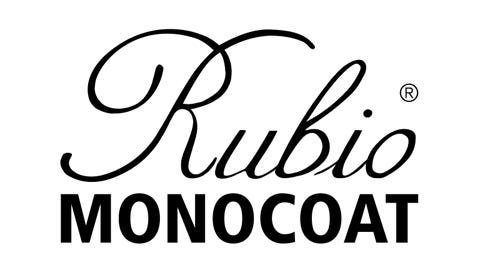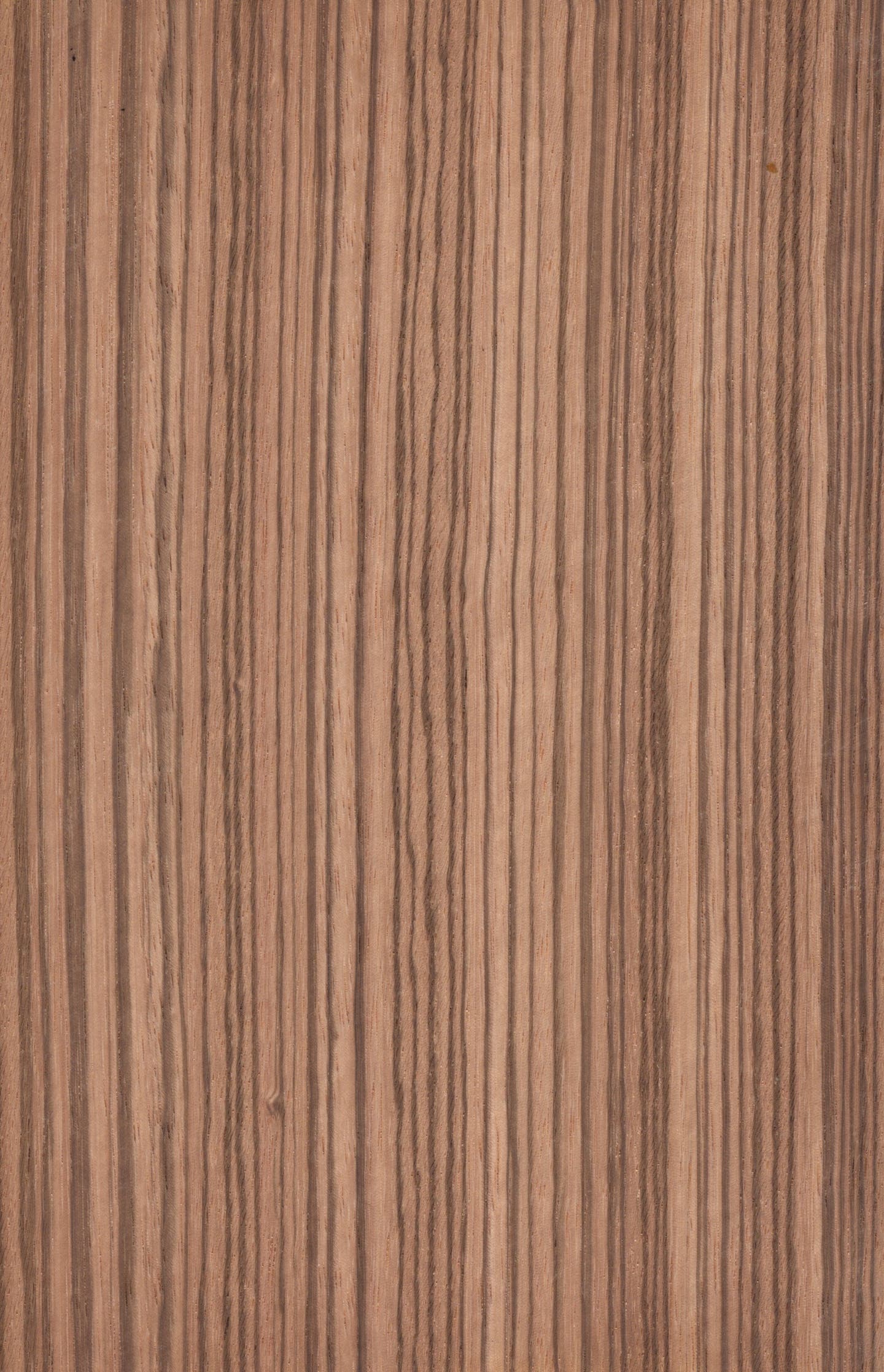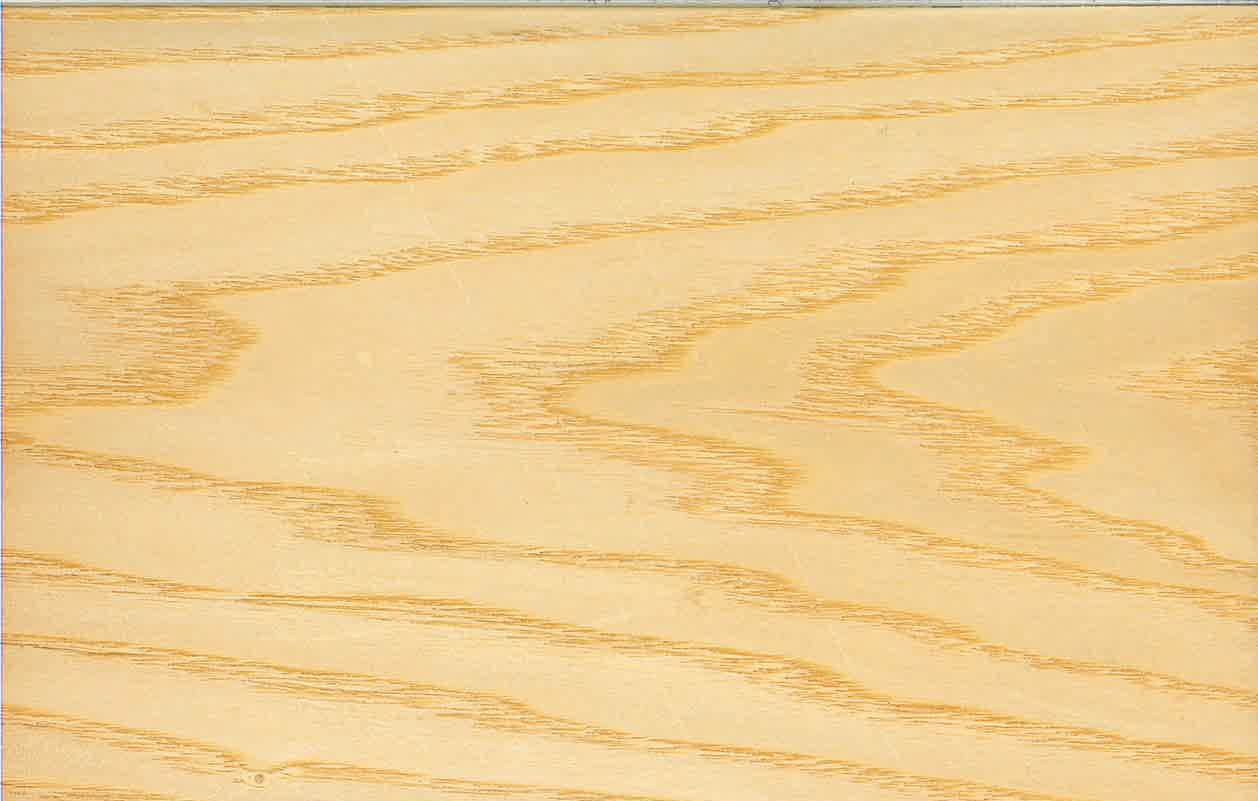Restrictions make exotic woods even more desirable
Purveyors of exotic woods, like ebony and snakewood, tell Woodshop News that sales have picked up as the economy has improved. But trade restrictions, which have made exotics scarcer on…
Purveyors of exotic woods, like ebony and snakewood, tell Woodshop News that sales have picked up as the economy has improved. But trade restrictions, which have made exotics scarcer on the open market, have also had the interesting effect of creating heightened demand.
“Sales are pretty hot right now and, in part, it’s obviously because the economy’s picking up,” says Fab Corte of Comack International in Weaverville, N.C. “But shipments aren’t coming in as often as before because there are a lot more regulations. Buyers can’t find certain species that were regularly available 10 years ago.”
Cocobolo (Dalbergia retusa) and other woods listed on CITES (Convention on International Trade in Endangered Species of Wild Fauna and Flora) are more difficult to import, which only seems to add to their appeal, according to Ron Woods, owner of Rare Woods USA in Mexico, Maine.
“In general, exotic woods start at about $15 a board foot,” Woods says. “Ebony (Diospyros celebica), kingwood (Dalbergia cearensis) and tulipwood (Dalbergia decipularis) can sell for over $100 a board foot. Snakewood is one of the most expensive woods in the world, selling for about $300 a board foot.
“Everyone wants kingwood and tulipwood in very high qualities, so trying to match the demand for the quality with the pricing is difficult,” Wood says. “But overall I would say business is better and I’m looking forward to a profitable future. Another wood we found that people like — and I’m probably one of the only importers of it — is a wood called boire (Detarium senegalense). It comes from West Africa and mainly it goes into veneer. It’s a good substitute for the rosewoods, but it sells for only around $11/bf.”
Clayton Eisenbrand, owner of Eisenbrand Exotic Hardwoods in Torrance, Calif., believes demand for exotics has never really waned. Customer have always wanted tulipwood and kingwood, for example, but especially now that they have a sense these woods are hard to come by.
“I know there’s been some of those species floating around lately and that tells me that it’s back in the market. That being the case, it tells me that people are going to start being more interested. The same thing is happening with cocobolo. The rules have gotten restrictive, so it’s real hard to get, so it just gets on people’s radar,” Eisenbrand says.
This article originally appeared in the August 2015 issue.







